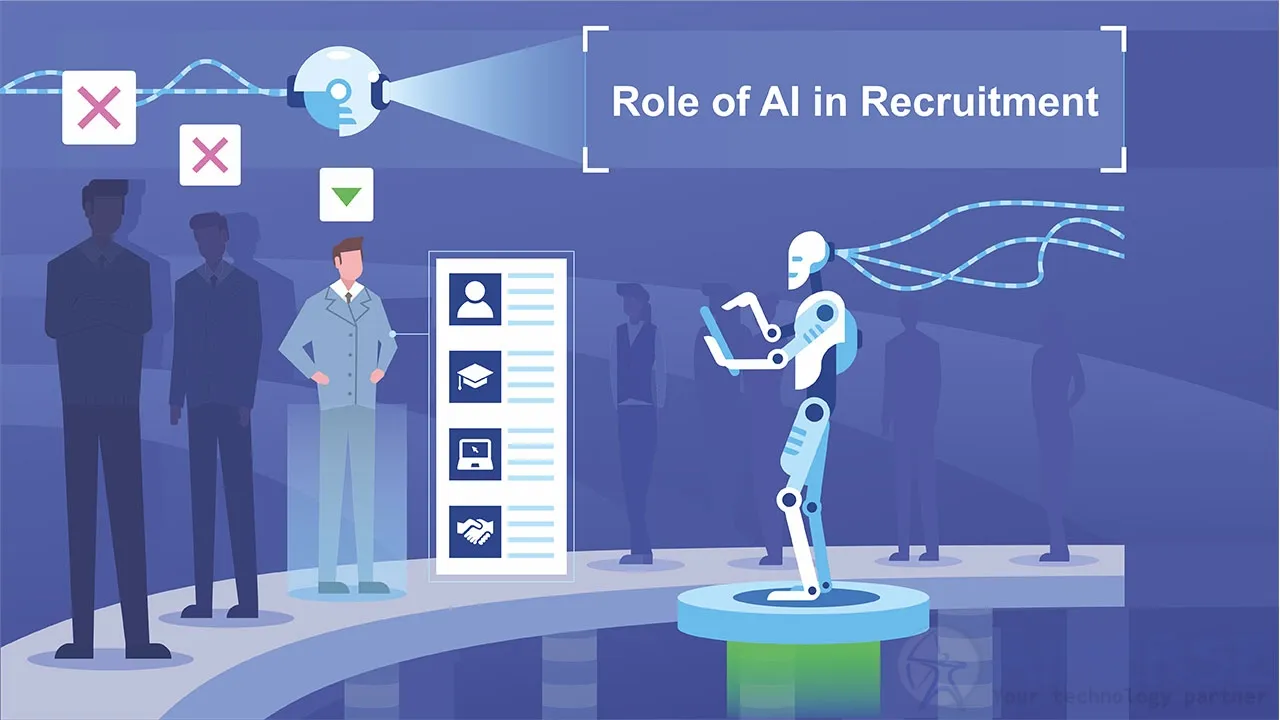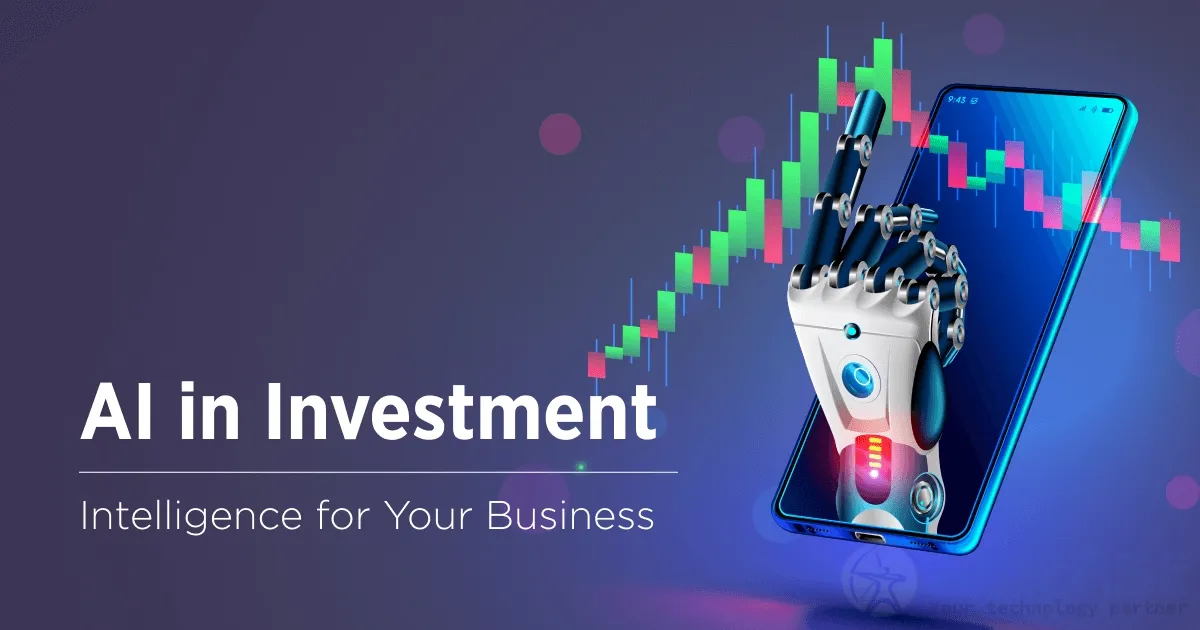Building Offline-First Mobile Applications.
In a mobile-first world, the applications should function seamlessly and need not worry about the connection strength as long as there is any type of internet connection. The off-line first application ensures users get to enjoy using your core functionalities even in their off-line capabilities, leading to increased satisfaction and engagement.
Understanding Offline-First Applications
An offline-first approach is the design of apps that store and process data locally. Therefore, most critical functionalities are available when there is no network. When connectivity is available, the app synchronizes data with the server and keeps everything consistent across the different devices.
Benefits of Offline-First Mobile Applications
-
Improved User Experience:
- Those essential features will be accessed without interruption and lead to increased satisfaction.
-
Improved Performance:
- Local data access reduces latency resulting in faster response times.
-
Increased Engagement:
- Reliable access inspires users to engage with the app even more.
Recommends for Developing Offline-First Applications
-
Storage in Local Data
- This is where critical data is stored on a device so that it will be available when there is no connectivity
-
Data Synchronization:
- Innovate strong approaches to handle data synchronization between the local storage and servers on regaining connectivity
-
Conflict Resolution
- Identify standard procedures to handle issues resulting in conflict over data under synthesis so that it can be kept integral
-
Graceful Degradation:
- Build the app to degenerate gracefully by providing informative messages or alternative functionalities while some features are not available when any feature remains unavailable in an offline mode.
Frameworks and Tools for Offline-First Development
-
React.js with Service Workers:
- Cache a few assets and API responses through service workers, and make web apps go offline.
-
Node.js with PouchDB
- PouchDB is a JavaScript-based database, which synchronizes data with CouchDB for local data storage and synchronization
-
Python Django with Progressive Web Apps (PWA)
- Integrate PWA features into Django applications to enable offline access and background synchronization.
-
Laravel with IndexedDB
- Use IndexedDB for client-side storage in Laravel applications, so data is persisted even when the device is offline.
-
Java Spring Boot with SQLite
- Implement SQLite for local data storage in Spring Boot applications, so that data is available offline.
Challenges and Considerations
-
Data Security
- Ensure that locally stored data is encrypted to prevent unauthorized access of user information.
-
Storage Limitations
- Be mindful of the limitations of device storage and manage data efficiently.
-
User Feedback:
- Show offline status and synchronization processes to inform users
Conclusion
Using an offline-first approach in the development of mobile applications helps to create better user experiences as core features can be accessed without interruption. By using the right frameworks, best practices will help developers design strong applications to satisfy the users' expectations during varied connectivity conditions.
Here, we specialize at Aimerse Technologies on several technologies of the implementation of the custom-tailored software solution-based implementation for all your software: React.js, Node.js, Python Django, Laravel, Java Spring Boot, and making sure that mobile apps are made offline first with seamless, always reliable experiences of the users.











